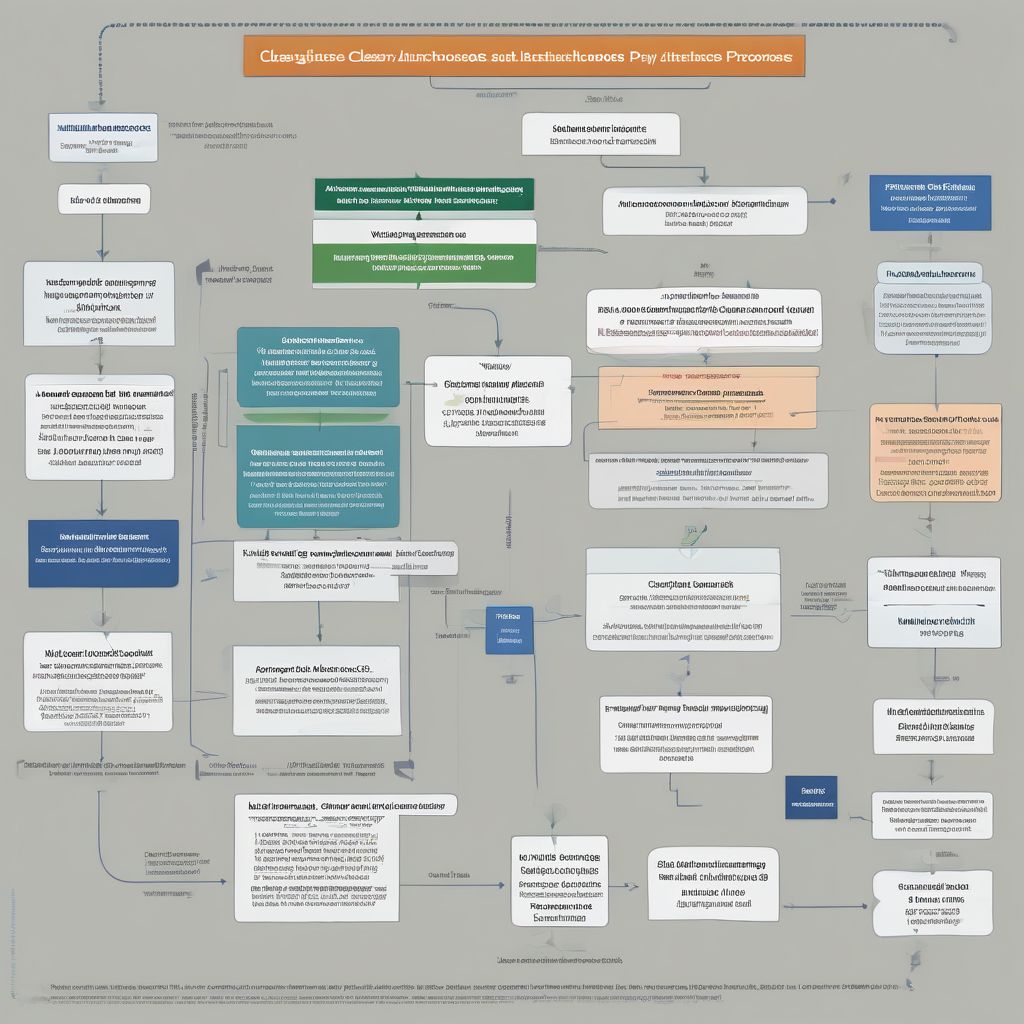In an era defined by technological advancements, the healthcare industry is undergoing a profound transformation, with predictive analytics emerging as a game-changer. But what exactly is predictive analytics in healthcare, and why is it garnering so much attention?
Understanding Predictive Analytics in Healthcare
Simply put, predictive analytics in healthcare leverages the power of data, statistical algorithms, and machine learning to analyze current and historical data, identifying patterns and trends to forecast future outcomes. It’s about using the insights gleaned from data to make informed decisions, ultimately aiming to improve patient care, enhance operational efficiency, and reduce healthcare costs.
Common Questions about Predictive Analytics in Healthcare
The potential of predictive analytics in healthcare has sparked numerous questions, including:
-
How does predictive analytics actually work in a healthcare setting? Imagine a scenario where a hospital wants to predict patient readmission rates. By analyzing past patient data, including medical history, demographics, and previous hospital visits, a predictive model can identify patients at high risk of readmission. This allows healthcare providers to intervene proactively, offering personalized care plans and support to reduce the likelihood of readmissions.
-
What are the key benefits of using predictive analytics in healthcare? The benefits are far-reaching, from improving patient outcomes through early diagnosis and personalized treatment plans to optimizing hospital operations by forecasting patient volume and resource needs. It also empowers healthcare payers with the ability to identify and manage high-risk populations, potentially lowering healthcare costs in the long run.
-
What are some examples of predictive analytics in action? Real-world applications abound, from predicting hospital readmissions and identifying patients at risk of developing chronic conditions like diabetes to personalizing cancer treatments based on individual patient data and optimizing staffing levels in hospitals based on predicted patient influx.
Considerations for Implementing Predictive Analytics
While the promise of predictive analytics in healthcare is immense, its successful implementation requires careful consideration of several factors:
- Data quality and accessibility: The accuracy of predictions hinges on the quality of data used.
- Data privacy and security: Protecting sensitive patient data is paramount, demanding robust security measures and adherence to ethical guidelines.
- Integration with existing systems: Seamless integration with existing electronic health record systems is crucial for efficient data flow and analysis.
Shaping the Future of Medicine
Predictive analytics holds the key to transforming healthcare from reactive to proactive, shifting the focus from treatment to prevention. As we delve deeper into the era of data-driven healthcare, predictive analytics will undoubtedly play an increasingly pivotal role in shaping the future of medicine, leading to better health outcomes and a more efficient and sustainable healthcare system.
We encourage you to explore our website further for valuable information and insights on health, wellness, and the latest advancements in healthcare technology.

